The Magic of Vibrant and Old Fermented Pu-Erh Tea
TEATIME NOTES
Find tips, recipes, and articles to increase your delight and enjoyment of tea.
The Magic of Vibrant and Old Fermented Pu-Erh Tea
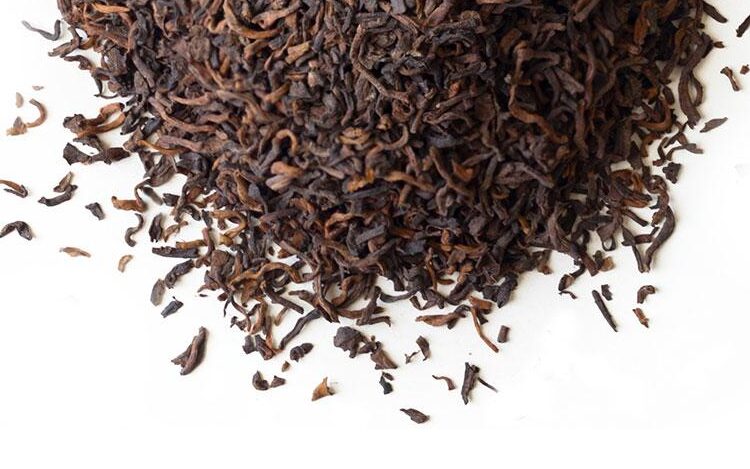
How Authentic Pu-Erh Tea Becomes Rich Over Time
By Erika Robertson
Tea is your haven from the busy world — it represents a moment of rest, reflection, and recharging. You might be enamored with black and green teas — maybe even herbal or white teas. You may even venture into the wild world of oolong tea and indulge in the unique characteristics of both green and black teas mixed together. But, have you explored the incredible world of pu-erh tea?
What is Pu-Erh Tea?
Tea was invented and cultivated in China — it was shared with the world and is now a global industry. Today, tea is the most popular drink in the world — by far! The Western world has enjoyed its fair share of tea and continues to start to explore old Eastern tea practices such as the Japanese matcha tea ceremony. But there are still some types of tea that are grossly unused and unknown in the Western world. Pu-erh tea is one of these teas.
Pu-erh is created mainly in China and is translated as “dark tea” or “black tea”. What westerners know as black tea is called “red tea” in China — because of the reddish hue that results from steeping the tea leaves. Pu-erh tea is a more profound, richer, and darker tea.
Pu-erh is fermented and aged and it is ceremonially pressed into tea cakes or bricks. It can also be stored as loose leaf tea. The long aging process that pu-erh undergoes is what sets it apart from other kinds of tea. Some pu-erh teas can be stored for up to 50 years! There are many tea connoisseurs who believe that pu-erh should be aged for at least ten years before it is enjoyed.
What Is the Difference Between Sheng Pu-Erh and Shou Pu-Erh?
Like many other kinds of black, oolong, white, or green teas, pu-erh teas also have a large variety of flavors and characteristics within their tea family. The most notable of these types are sheng pu-erh tea and shou pu-erh tea.
Sheng pu-erhs are also known as raw pu-erhs. After a base maocha tea crafted, it is either stored loose or it is pressed into a dense tea cake or disk. The tea leaves undergo a fermentation and oxidation process that allows the tea to ripen and age and develop incredible tasty characteristics. These naturally aged pu-ehs are among the most expensive pu-erh teas.
Shou pu-erhs are also known as cooked pu-erhs. In the 1970s pu-erh teas started to grow so much in popularity that keeping up with the production demands became nearly impossible. Tea makers developed a technique that helped to accelerate the fermentation and aging process of pu-erh teas which takes only a few months as opposed to years and even decades.
Prepared maocha tea leaves are introduced to moisture and piled up to age in a process that looks very similar to composting. Once the tea leaves are dried, they can be sold as loose leaf tea or they can be pressed into cakes or disks as shou pu-erhs.
How Is Pu-Erh Tea Made?
The Camellia sinensis plant is the mother of every kind of black, green, oolong, and white tea. All teas — including pu-erh tea — are created from this incredible single plant. Different types of teas are crafted through different treatment and handling processes.
Pu-erh teas are special in that they are harvested from older and larger tea leaves called dayeh — or “big leaf”. Some of these ancient tea trees are believed to be hundreds — and even thousands — of years old. The larger tea leaves can be harvested all year round, but it is preferred that they be harvested during the late spring. Here is the step-by-step process for creating pu-erh tea:
- Pluck and Wither the Tea Leaves
Large and sturdy tea leaves are harvested from aged tea plants and trees traditionally in the Yunnan province of China. These larger tea leaves can withstand the production process of a pu-erh tea and they will go through a lot of handling from start to finish.
These fresh tea leaves are laid out to wilt and wither. This results in the tea leaf becoming more flexible and pliable. This also helps to reduce the moisture content in the tea leaves.
- Heat the Tea Leaves
Like green tea leaves, pu-erh tea leaves are traditionally tossed in a wok to stop the oxidation process. The tea leaves move constantly over the heat source so they don’t burn or overcook.
- Roll and Shape the Tea Leaves
The tea leaves are rolled, massaged, and bruised. Rolling the tea leaves helps to break down the cell walls and release enzymes and essential oils. The chemical reactions that occur start to create deep and beautiful characteristics in the flavors of the tea leaves.
- Dry the Tea Leaves
After the tea leaves have been rolled it’s time to dry the tea leaves. This step can be done in the sunshine, or inside where the temperatures and conditions surrounding the tea leaves can be controlled.
- Roll the Tea Leaves, Again, and Sort the Tea Leaves
Once the moisture content has reached an optimum level, the leaves are rolled again. During this step, the leaves are shaped and given their unique appearances. The leaves are also sorted according to quality and size. The tea leaves have now become maocha tea.
- Treat the Maocha Tea to Create Pu-Erh Tea
Now that the maocha tea has been created, it is sent to pu-erh tea specialists who use Sheng or Shou pu-erh tea techniques to create fermented and oxidized aged tea in the form of pressed cakes or loose leaves. Tea cakes can be pressed into medallions or different custom shapes. They can also be stuffed and aged within the rinds of citrus fruit, or even bamboo stalks.
What Does Pu-Erh Tea Taste Like?
The flavors of pu-erh tea have a wide range. If you drink a young raw sheng pu-erh tea you might steep a lighter colored tea and taste more of a sweet, grassy, fresh, or floral flavor. If you steep aged sheng pu-erh tea, you might notice that the tea color is more golden and that the flavors come across as deep, rich, earthy, and sweet.
If you steep a ripe and cooked shou pu-erh tea you will likely notice that the tea itself is darker in color than most traditional Western world black teas. You might also find the flavors are deeper, nutty, mushroom-like, or earthy.
Shop the Cleanest Teaware that Elevates Your Tea’s Flavor
Teabloom is a revolutionary company that is trying to change the tea narrative for the better. Did you know that metallic and porcelain teaware can release toxins and harmful chemicals into your tea? Borosilicate glass teaware is a proven superior substitute for all of your healthy and non-toxic teaware needs.
Borosilicate glass teapots and teacups are a strong, easy-to-clean, and affordable teaware. They are good for your own health and great for the health of the environment. Not only does borosilicate glass keep chemicals from leaching into your tea, but it also makes your most delicious teas taste better and cleaner than you’ve ever tasted.
Teabloom is your one-stop-shop for all things tea and your number one supplier of borosilicate glass teaware and accessories. Take a moment to look around at all of the beautiful and sustainable tea options that Teabloom has to offer.
Over Time

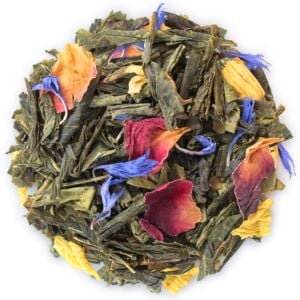

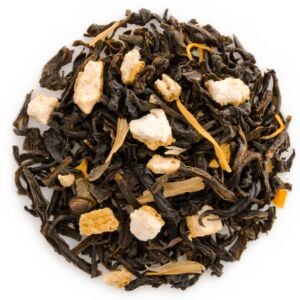
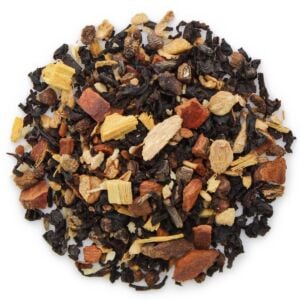
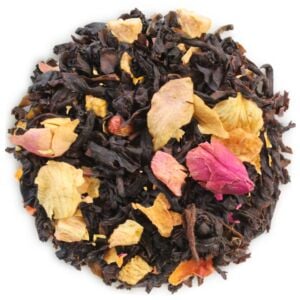
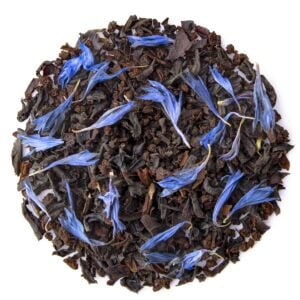
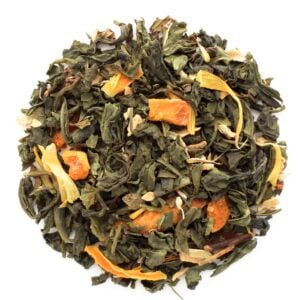
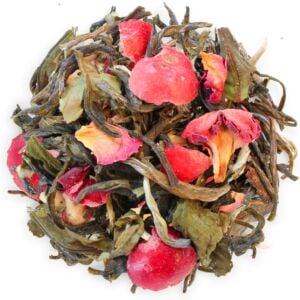
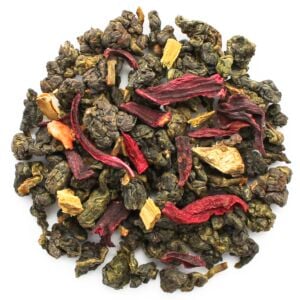

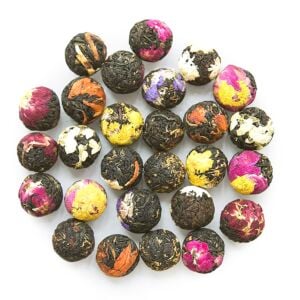


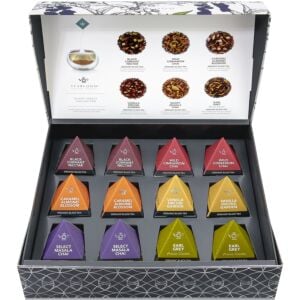
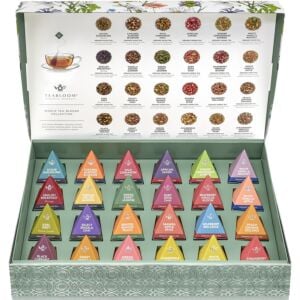

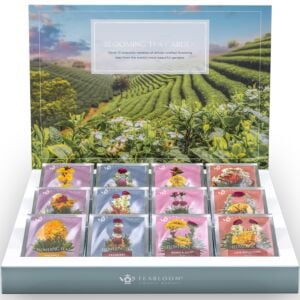
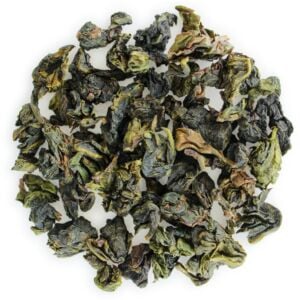
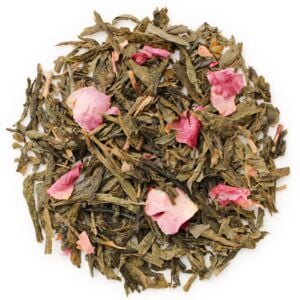
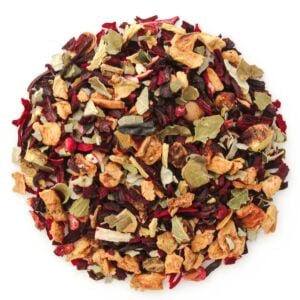
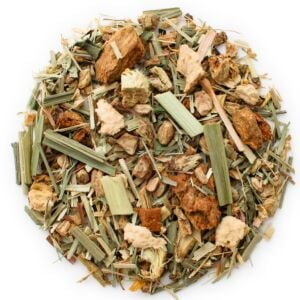
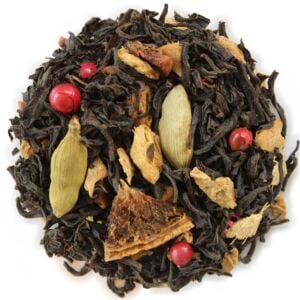
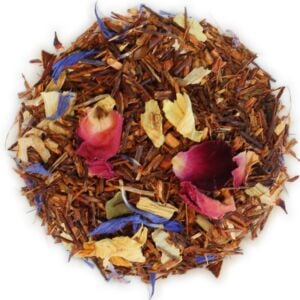
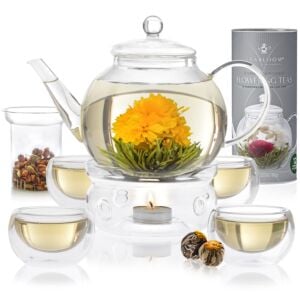
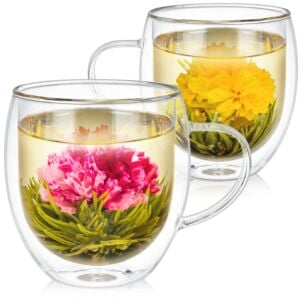
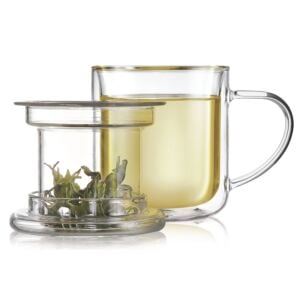
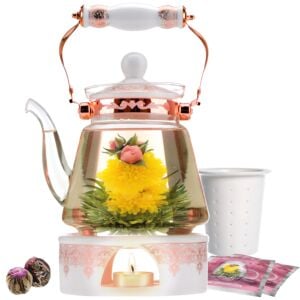
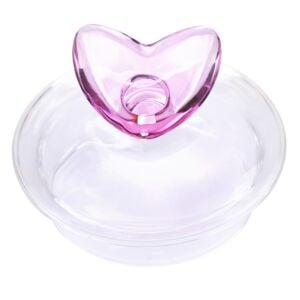
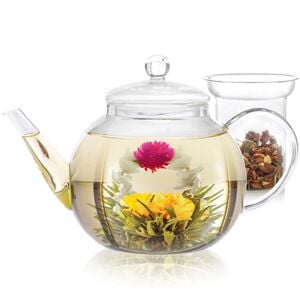
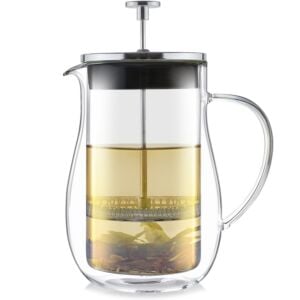
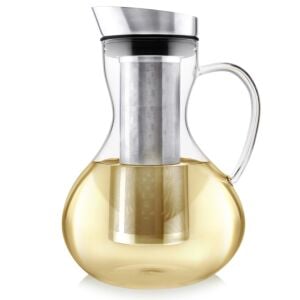
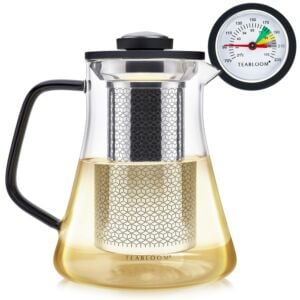
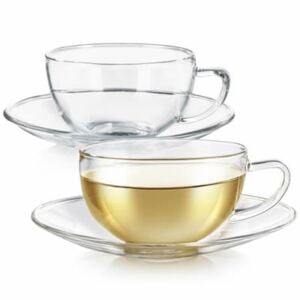
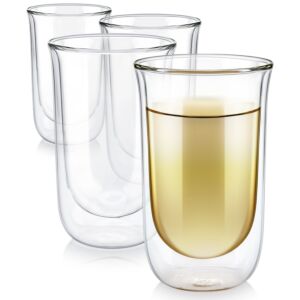
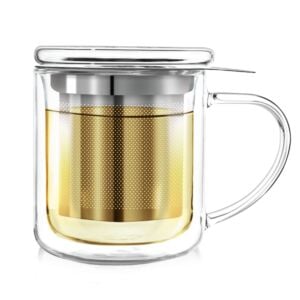
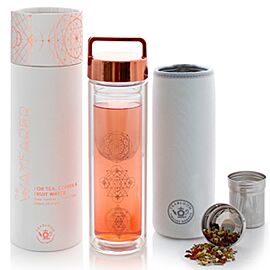

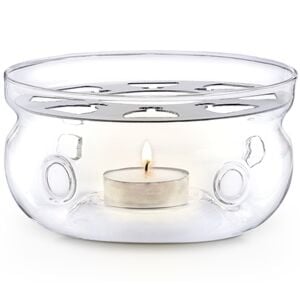
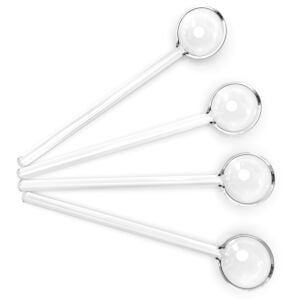
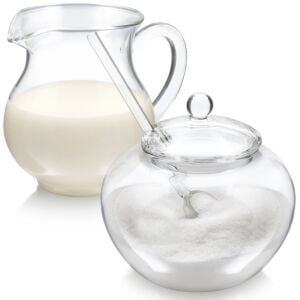
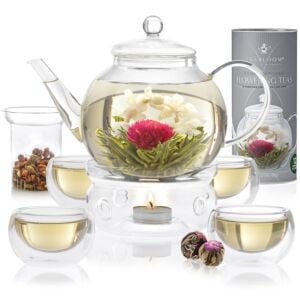
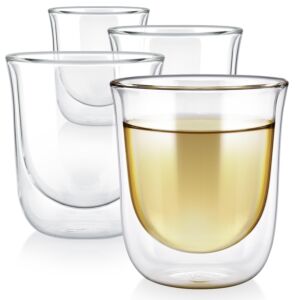
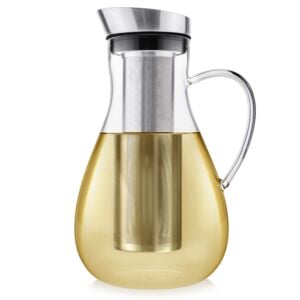
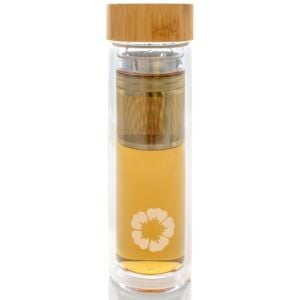
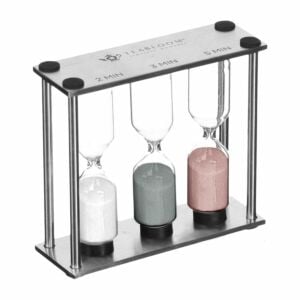
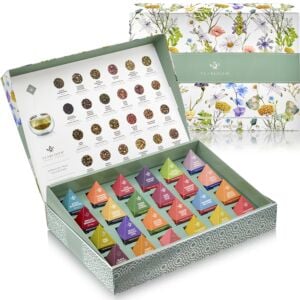
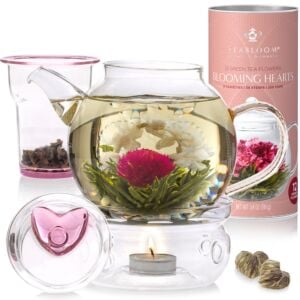
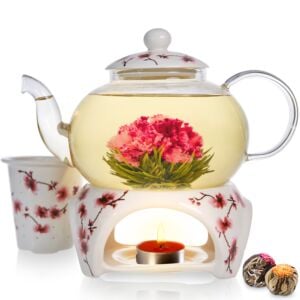
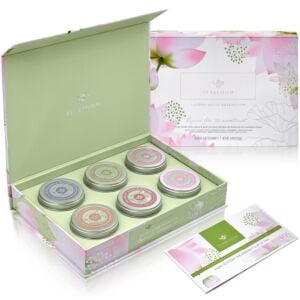
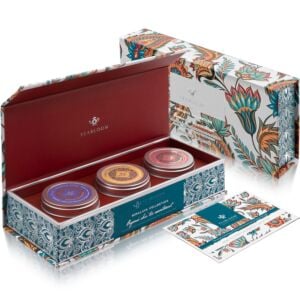
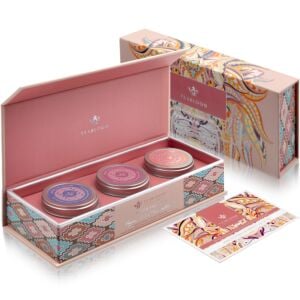



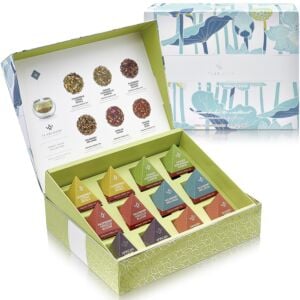
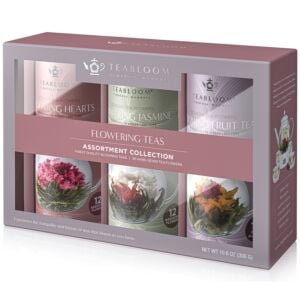

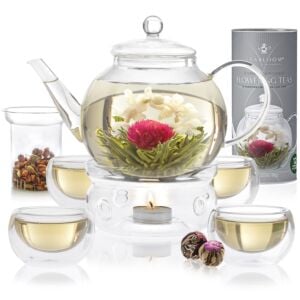

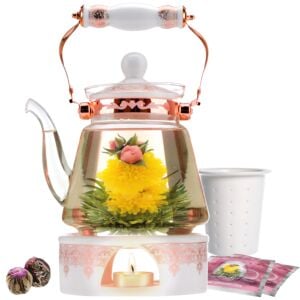
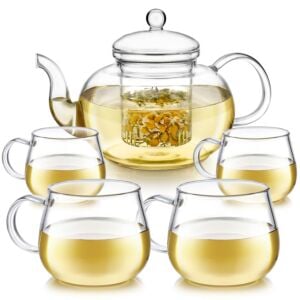
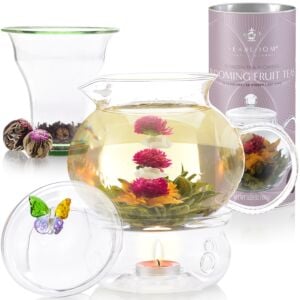
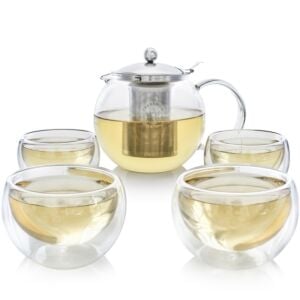
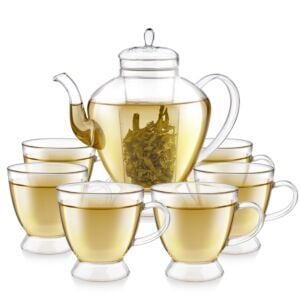
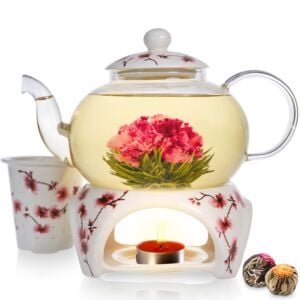
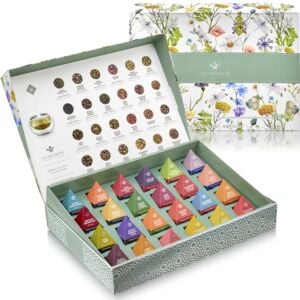
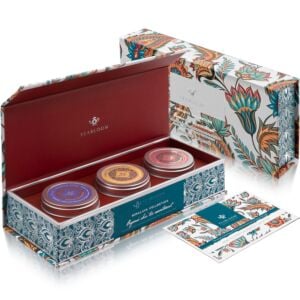
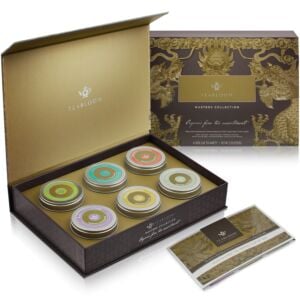
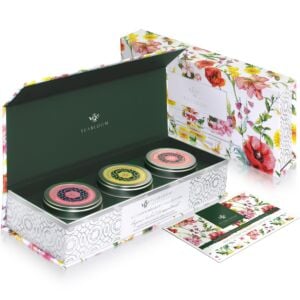
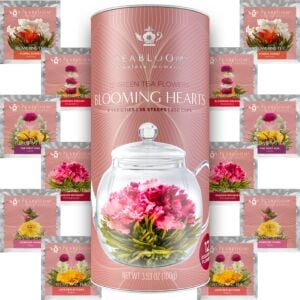
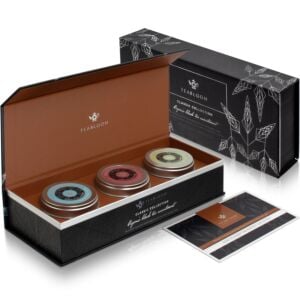
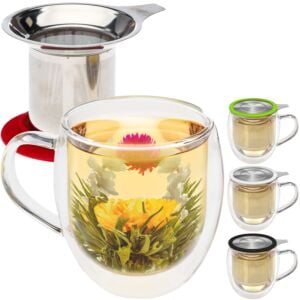

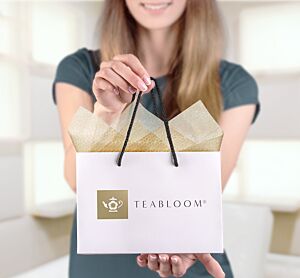
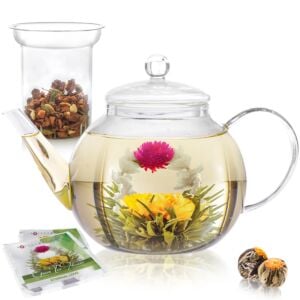
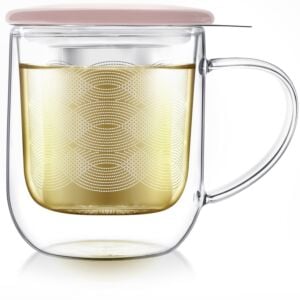

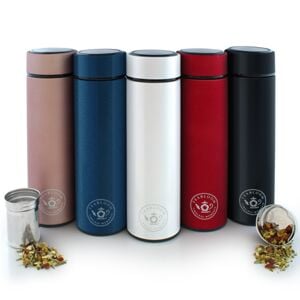
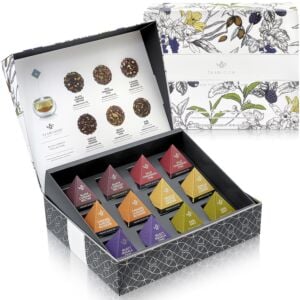
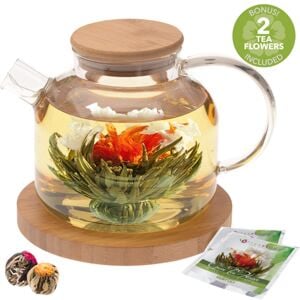
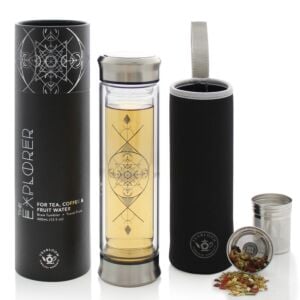
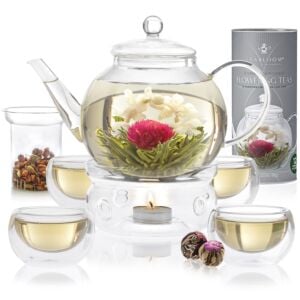
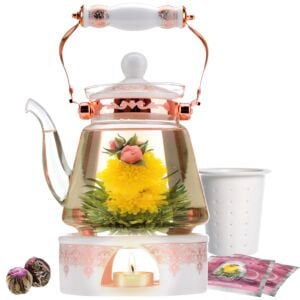
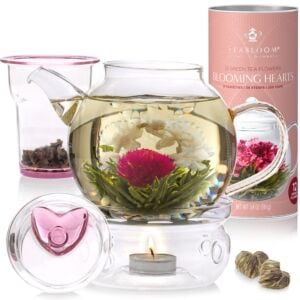
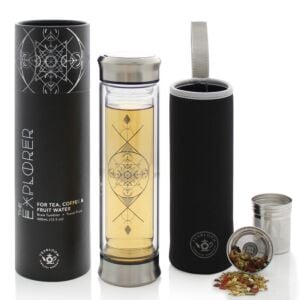
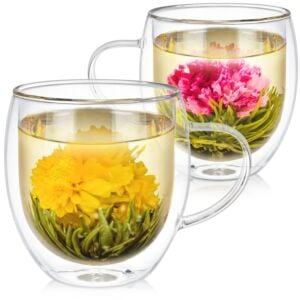
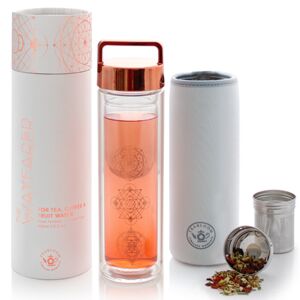
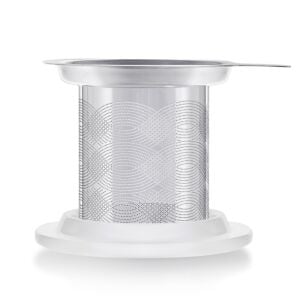
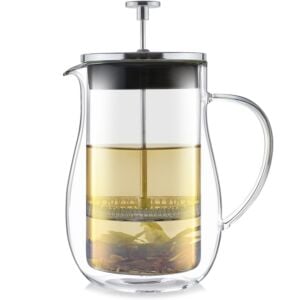
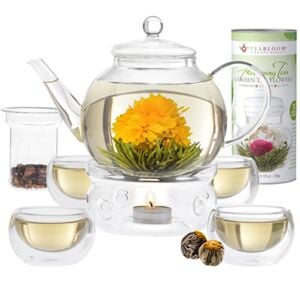
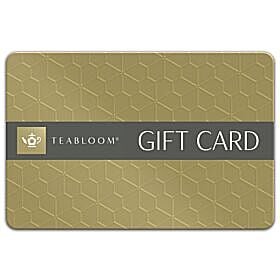
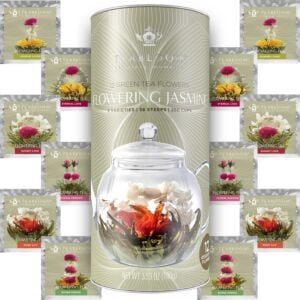

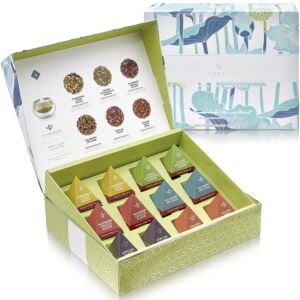
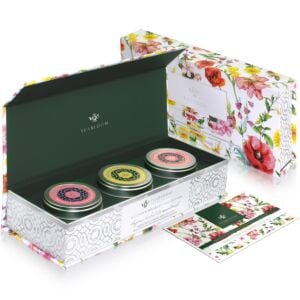
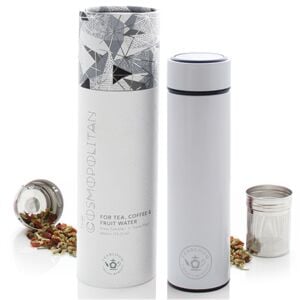

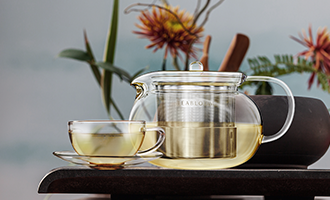
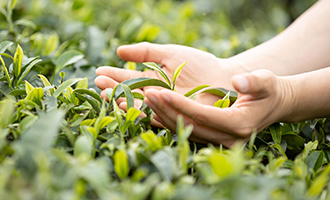
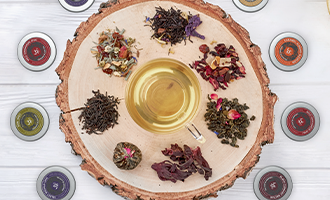
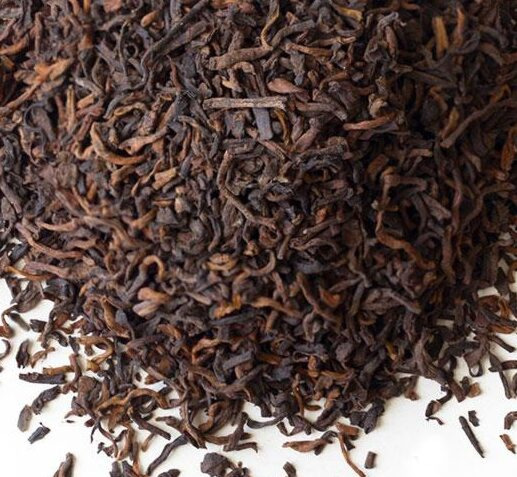



Share your thoughts